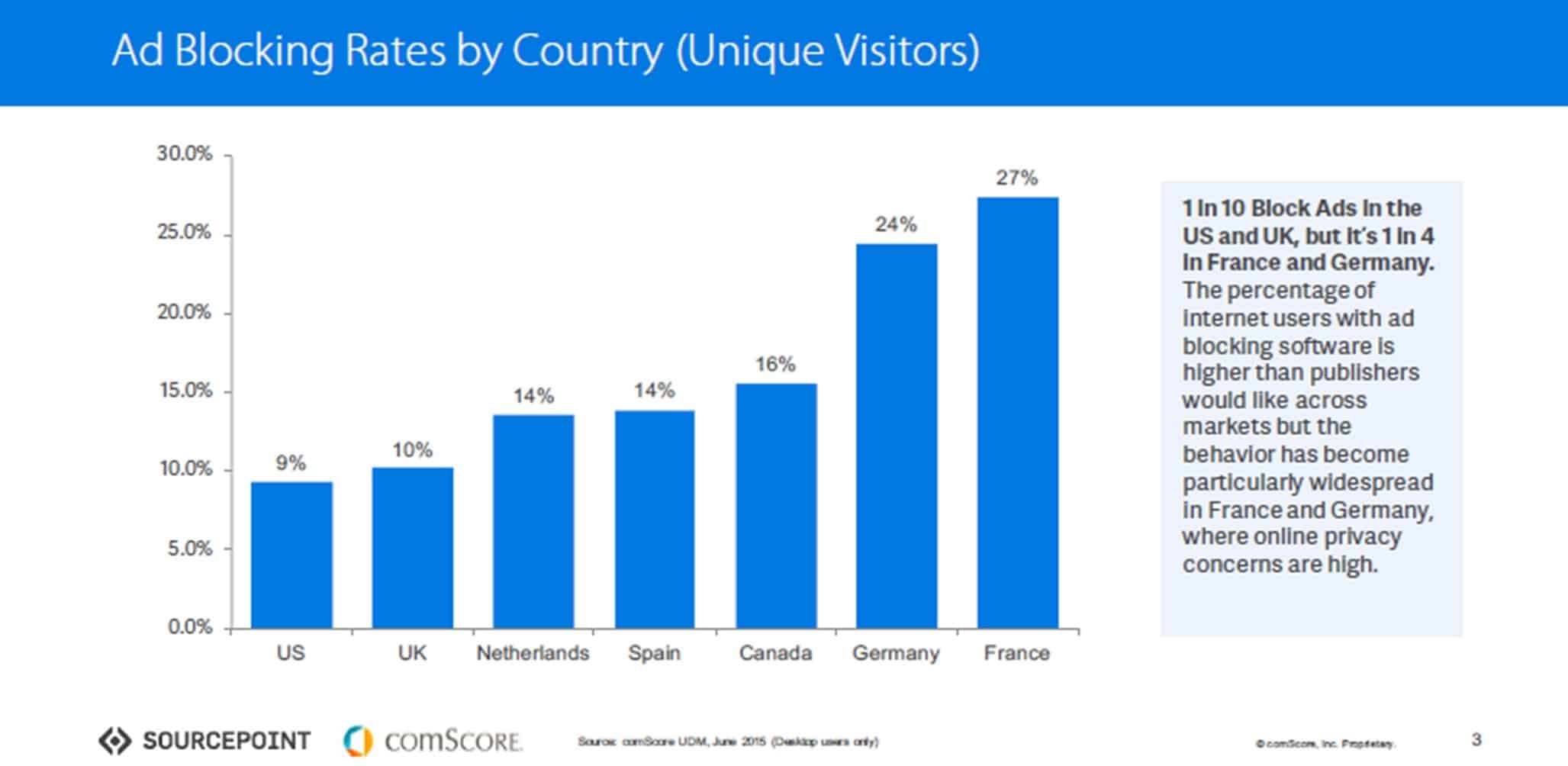Why is the internet free? No, it’s not down to the generosity of Google or Facebook. The reason we get our content, search, browsing, social media, Youtube, email, etc without paying for it is because, well, we ARE actually paying for it. Indirectly. Tom Webster from the Marketing Companion calls this “the ad bargain”. The way it works, he says, is “you give me free content, I give you a slice of my time to look at your ad. Agreed?”
In fact, there are a few ways we can pay for internet content:
Subscriptions and paywalls – mainly used by premium content brands – Financial Times, NY Times etc.
Sponsored “advertorial” content – done well this can read like compelling content.
Indirect – no charge –content is used to build relationship e.g. company blogs. This can work well, but is long-term and difficult to measure ROI.
And then we have ad-funded models – by FAR the most widespread model for making money from internet content and services. But, this is the model most under threat – even in crisis. At MWC this year Yahoo openly accused Shine, an Israeli ad-blockings start-up of “destroying the ecosystem of the internet”. Wow that sounds bad! Ad-blockers it seems, don’t just threaten ads, they threaten the very nature of the internet, since nobody works for free
The rise and rise of ad-blockers
Today more than 200m people worldwide use ad-blocking software – mostly for fixed internet purposes, but increasingly on mobile. In 2015 analysts estimated ad blocking to have cost web-publishers US$22 billion in lost advertising. That’s quite a chunk out of total revenues of around $160 billion online advertising.
And in the past 12 months, the obvious happened - ad-blocking came to mobile. Mobile ads are worth some US100 billion per year but as much as 21% of the world’s smartphone users have now installed mobile ad-blockers – the majority in Asia. It’s understandable that people have short patience when it comes to ads on phones. Not only are consumers paying for data usage to see ads, the small screen size and the personal nature of phones increases people’s annoyance several-fold.
Battle lines drawn
There is a clearly growing conflict between content publishers and internet giants on the one hand who both rely on ad revenues, and technology companies and mobile operators on the other hand, who don’t. This is an area where mobile operators are looking to “get one back” on the OTTs.
Three UK, working with Shine, is the latest operator to perform trials on ad blockers. The operator quotes research from KPMG saying 44 per cent of UK adults are planning to use an ad-blocker in the next six months alone. Moreover Digicel, the Caribbean operator, is also working with Shine. Digicel owner Denis O Brien has said he wants to force Google and their counterparts to “dig deep into their pockets” and pay mobile operators to transport their ads. Meanwhile Google of course has banned ad-blockers from its Google Play store making it difficult for 4 out of 5 smartphone owners to download an ad-blocker directly from Google (They do however still allow ad blockers on their Chrome browser).
But what about that old woman?
You might remember from your early childhood the dear old lady with remarkable powers of indigestion who swallowed a fly … and then a spider to catch the fly, and then a bird to catch the spider to catch the fly….Well there are companies now selling ad-blocking blocking technology. Yup if you can’t force ads through the ad-blocker, use a blocker to block the ad-blocker. Similarly other companies focus on ways of defeating ad blocking technology. For example, one business model prevents users from viewing any editorial content until they have viewed ads.
There’s even an organisation PageFair offering…”revenue beyond ad-blocking” Its sole purpose for existence is to oppose ad-blockers. They state that ad-blocking is growing at over 40% year on year. Their homepage is almost evangelistic in its opposition to the arch-enemy, the ad-blocker. So we definitely need a new organisation to oppose PageFair … GSMA maybe?
Is there such a thing as a free lunch?
Ultimately it doesn’t matter how much people hate advertising. They will hate paying for content even more. Sitting there saying “we don’t want ads and we don’t want to pay for content” I’m afraid isn’t an option. And that is why in the end, ad-blocking technology is limited.
But there is another way. Publishers and internet giants could get creative by introducing micropayments that are added to your phone bill – eg few people would object to a 2cent or 2pence charge to read an article they really want to – or indeed experiment with other non-intrusive ways of charging for content. In fact a recent survey found that 40% of people would PAY to remove ads from content. Or maybe we have just come full circle back to the age old idea of a paywall, where we …. just pay for content.
In the meantime, we have to get our heads around the blocker that blocks the blocker that blocks the ad blockers.




















